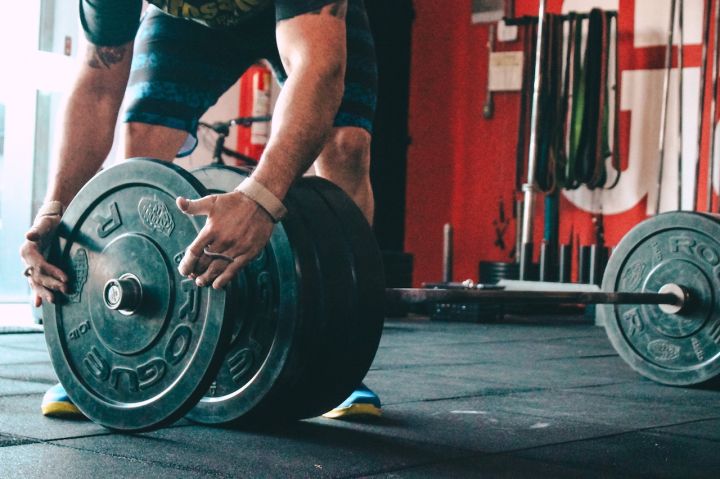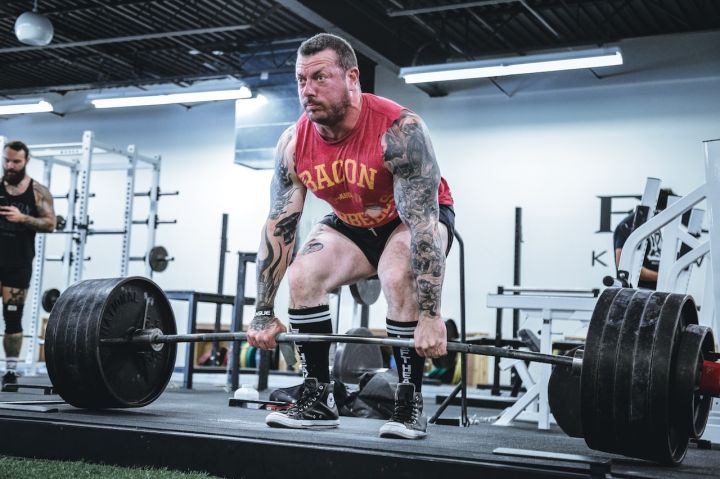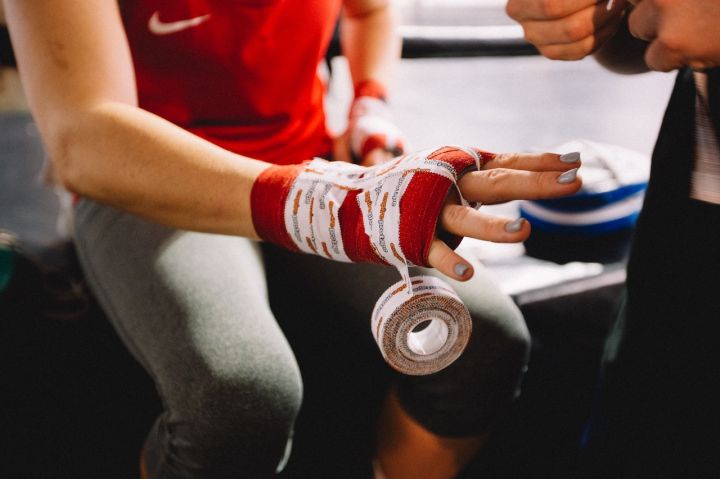after leg training
do you think your thighs would look better if they were too thin?
Would you choose to squat your legs on a weekday? 60% of my pals do, and they will also squat twice a week. Say goodbye to the spar-like bamboo legs, must not be in vain, deep squatting must not be missing.
The leg circumference goes up another 5cm, sounds a bit unbelievable, this is not fat legs, it is a real super pile driver, if you also want to progress as soon as possible, you must do the deep squat well to do the standard.

leg circumference
the barbell squat is a very effective movement, do you know how to do it to standard?
The biggest limiting factor for most guys when it comes to building their body shape is in movement technique and training program design. To address this, we break down some of the key movements in depth, starting with the barbell squat.

barbell squat
what kind of preparation do I need to do for the deep squat?
A good deep squat rack should have height-adjustable safety bars to catch the barbell if you suddenly can't stand up. Some deep squat racks are more adjustable and allow for many small adjustments, while others can only be adjusted over a larger movement stroke.
There is generally no uniform size for barbell barbells, but most gyms commonly have barbells with a net weight of between 15-20kg. This can be confirmed using the gym's scale.

deep squat upper piece
barbell plates most gyms have barbell plates available: 2.5kg, 5kg, 10kg, 15kg and 20kg etc.
The barbell carabiner is used to hold the dumbbell piece in place.

narrow distance deep squat
suitable deep squat shoes avoid choosing soft-soled shoes such as running shoes. You may think that a higher heel will help you squat deeper, but soft soles make them unstable and negatively impact on power generation.
Either choose sneakers with a stiffer sole and good traction, or go barefoot. Special shoes for powerlifting training are also available, but can be expensive, so learn more about deep squats before buying.

barbell squat
preparatory movements for the barbell squat
the first step is to place the barbell, with the safety hook set at roughly shoulder height. Place the barbell on the safety hook, adding barbell pieces as required. Stand close to the barbell with your feet about shoulder width apart. Hold your hands at an equal distance from the center of the barbell bar (refer to the pattern on the barbell). When crossing the neck, grip your hands at as comfortable a distance as possible. Squat under the barbell and squeeze your shoulder blades to create a 'platform' for the barbell. Before raising the bar, take a deep breath and tighten your core as if you were tightening against an incoming punch. Raise the bar from the hook in three steps to the starting position. (take a step back with your (left or right) foot, follow with the other foot and then adjust once more, making sure your body is in a straight line. Look at the floor in front of you, this is the start and end position for each movement.

barbell deep squat
training tip #1 - deep squat rack adjustment
regarding the safety hook position of the barbell on the deep squat rack, too high or too low can ruin the training position before the movement is initiated.
Put the barbell too low on the safety hook and you will have to bend down to start the bar from an awkward position. Conversely, put the barbell too high on the safety hook and you will have to stand on your toes to get the bar up and down. Most peeps wouldn't want to be challenged like that after a set!

deep squat rack squats
ensuring the height of the safety hook will allow the body to maintain the starting position while also placing the barbell back on the safety hook.
Training tip #2 - find the "Sweet spot" For the barbell placement
there are two types of barbell squats, one is the high bar squat and the other is the low bar squat, the difference being the position of the barbell on the back.

high bar squat vs low bar squat
with the high bar squat, the shoulder blades are sunken and tightened with the barbell above this position, i.e. Carried on the upper back muscles; with the low bar squat, the barbell needs to be placed 2-3 inches down the upper back so that the barbell lands on the posterior deltoid bundle.
For the low bar squat, the body must be leaned forward more to maintain balance, whereas for the high bar squat, a more upright torso position can be adopted. The low bar squat will slightly increase the engagement of the hip extensors such as the gluteus maximus and cords, while the high bar squat will slightly increase the engagement of the quadriceps.

high bar squats vs low bar squats
since there is not much difference in training effectiveness and technique between high bar squats and low bar squats, it is recommended that you try both to find the most suitable movement for you. Start with the high bar squat as a starting movement and adjust the barbell up and down until you find an optimal position that you can hold.
If you notice any pain or discomfort when doing the barbell squat, it may be that the barbell is landing too high and pressing on the cervical spinous process (the small lump at the end of the neck). If this is the case, the barbell can be adjusted slightly downwards.

barbell deep squat
training tip #3 - get into a good deep squat habit
the time between starting the bar and starting the deep squat can be called carrying the bar. Spending too much time in this process is a common problem, especially when holding up a heavy barbell on your upper back and also moving your feet back and forth.
After starting the bar, give yourself three steps to get into a deep squat position: Step back with your usual foot (left or right), follow with the other foot, then adjust once more and finally make sure you are in a straight line. Make this a habit and use the same method for each set.

barbell squat
how to do a good barbell squat?
Before starting the movement, take a deep breath and adjust your core support. Keeping your back flat and your hips back, bend your knees and squat down. As you squat, do not go any further down until you notice a butt wink, as that is the limit of this range of motion. Pause for a moment, keeping your upper body tucked in and contracting your leg muscles. Power up your legs and stand up to the starting position. Pause to exhale, readjust and then repeat for the desired number of reps.

thighs demonstration
test the effect of leg training must be inseparable from the deep squat, do not fall out of the pit because you will not practice, master the skills but also repeated training, if you train your legs twice a week, then put both leg training efficiently completed!





